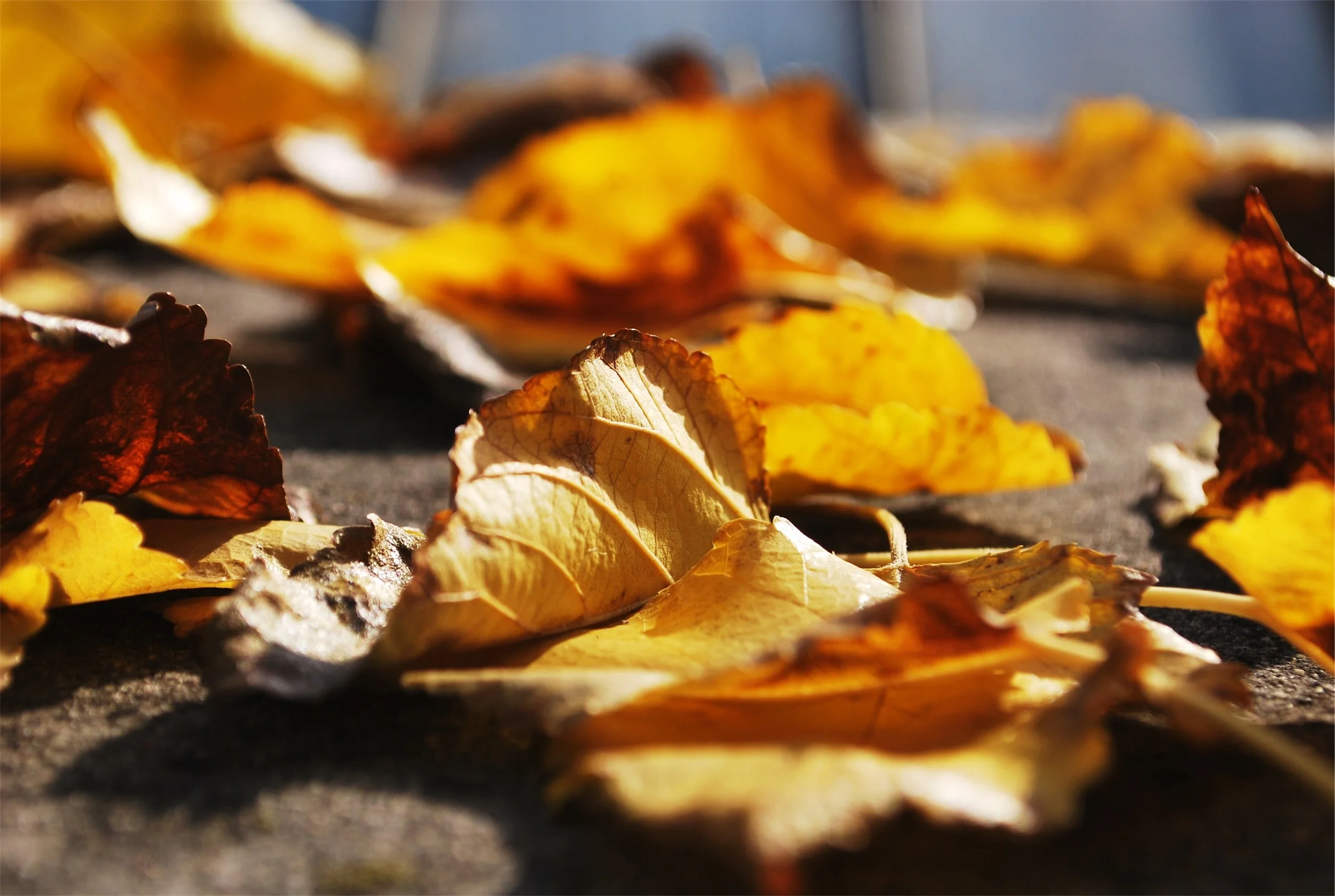Murkiness and wishful thinking about an emerging scientific subject can be spun into certainty.
The vagus nerve is being hyped up by online influencers, making it seem easy to treat and fix a slew of health issues. What’s fact and fiction?
Read moreUsing ‘trip killers’ to cut short bad drug trips is potentially dangerous.
As interest in psychedelics has grown, so has interest in ways to end a bad trip.
Recent research reveals that people are giving potentially dangerous advice on social media on how to stop a trip that is less than pleasurable.
Read moreWe live in a bustling, crowded world, yet loneliness appears to be on the rise.
Why are so many of us feeling isolated and what can we do about it?
Read moreThere is an ever-growing list of the benefits of natural prescriptions – now researchers say nature could offer a cure for loneliness too.
Read moreHere’s an article from TIME magazine on talking about grief.
Read morePsychedelics such as psilocybin and MDMA may be a promising treatment avenue for Prolonged Grief Disorder (PGD).
Randomized clinical trials demonstrated the efficacy of psilocybin in reducing symptom severity in depression and MDMA in reducing PTSD symptomatology.
Furthermore, psychedelics often produce subjective effects (such as transcendence, mystical experiences, and a sense of oneness) that may be uniquely relevant to the existential distress experienced in PGD.
Read more